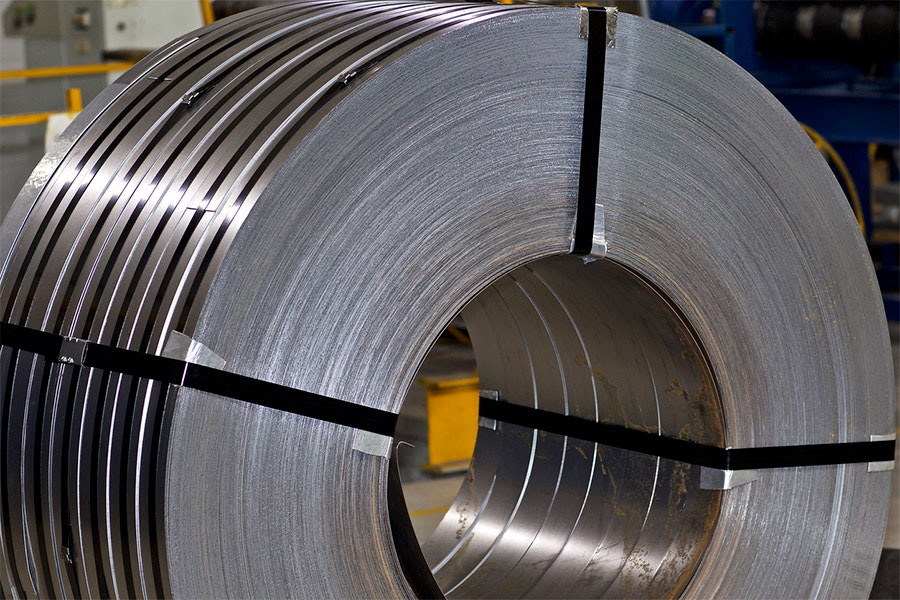Steel banding is one of the longest-lasting and historically present forms of strapping material used in the packaging industry. Steel banding has been used for hundreds of years. However, the galvanization of it, which helps to protect against rust, is relatively more modern and was pioneered in Europe during the late nineteenth century. The process, which entails hot-dipping steel with a coat of protective zinc, has been continually iterated and will likely continue to be used well into the future. So, what makes steel banding one of the strongest, safest, and most ecologically friendly methods of package banding? Read on below to find out.
Undeniable Strength And Resilience of Steel Strapping
While polyester and polypropylene strapping have gained popularity in recent decades, steel strapping is still the undisputed choice for heavy-duty applications. There is a reason that it is required for rail shipping and why it is preferred the heavier your products are. Steel is solid, able to withstand thousands of pounds of force, and is the backbone of modern industry. Without steel and the benefits it provides, we would likely still be using stone tools and not have the global shipping and trade infrastructure we enjoy today.
The Key Benefits Of Steel Banding
- Durability: ‘Strong as steel’ is a common simile used worldwide due to its resistance to breaking and ability to stand up to even the most punishing blows.
- UV Resistance: Steel does not degrade from solar radiation like plastics-based banding options.
- Minimal Stretching: While stretching may be needed depending upon your products, steel is naturally unyielding and, in the unlikely event it fails, will bend or break rather than stretch.
- Environmentally Friendly: Most steel is recycled and reformed rather than created anew, meaning it has one of the lowest carbon footprints for production compared to other strapping options.
Common Applications Of Steel Banding
Steel banding is better for some industries than others. The most common industry to find steel banding used are:
- Automotive industry to move heavy parts and ensure that products don’t shift in transport.
- Construction for the movement of heavy materials and crane use.
- Logistics companies, especially those that ship via rail, find some of the best use of steel banding.
Types Of Tools And Equipment Needed For Steel Banding
Tensioners are tools that use a clamp system to tighten and secure steel banding, and some even use pneumatic force to apply more tension faster. Sealers, like this one available at USA Strapping, are used to cap off the banding and ensure it doesn’t come undone, and cutters, which use a similar motion to sealers, allow you to trim the strapping down. However, those are not all you will need, as when using steel strapping, you should ensure that you use the following safety tools:
- Gloves
- Eye Protection
- Hard Hat
- Long Pants
- Heavy Duty Boots
Furthermore, you should always ensure the area around you is clear of personnel and debris if the banding is over-tensioned and snaps.
Alternatives To Steel Banding
Steel banding may be one of the best strapping materials around. Several alternatives offer benefits to other industries. Polyester is more flexible and can fit around oddly shaped products, although any metal or materials with sharp edges can cut away at the strapping. Polypropylene is far cheaper than steel strapping and ideal for lighter products, although its strength is a faction of steel and polyester.
Get All Your Strapping Products, Including Steel Banding From USA Strapping
USA Strapping should be your first stop if you’re looking for any strapping products. We have decades of experience serving the needs of companies large and small. Call us today at 888-768-0001 to learn more about our unique strapping products.

